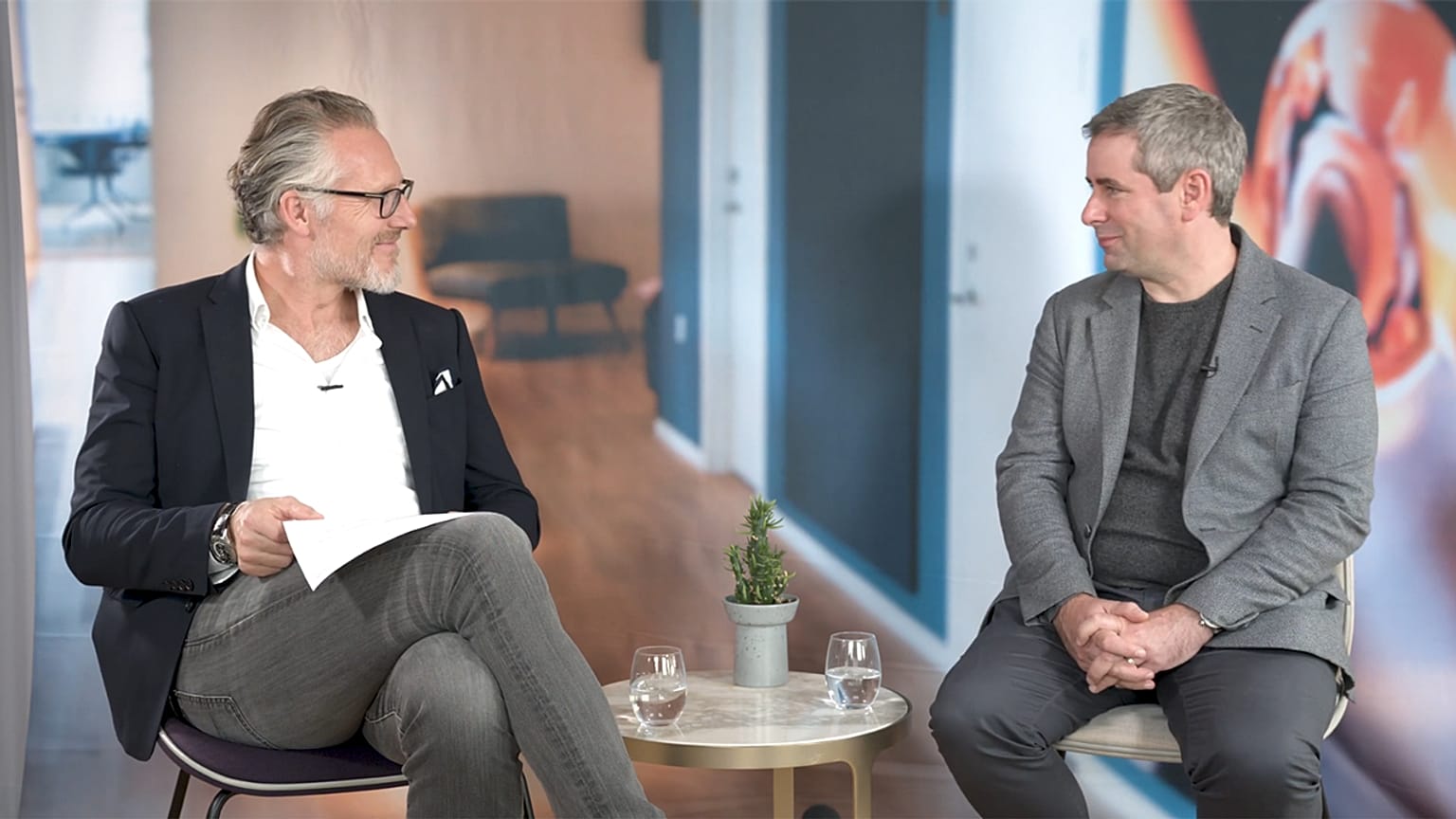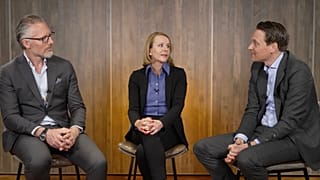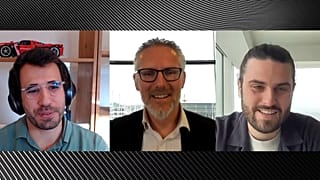How does a company become resilient, digital-first and sustainable?
It’s a question - and a direction - that most corporate leadership teams are trying to navigate as operating environments become more challenging, unpredictable, and consumer-led.
Speaking on SAP’s vodcast, which explores the transformation journey of some of the largest companies in Europe, David Walmsley, chief digital and technology officer at global jewellery company Pandora says innovation begins with introspection.
Looking inside the business and understanding where real value is captured and created is the first piece of the transformation puzzle. Then it’s applying the right technology to support and amplify the value which will ultimately help push the organisation forward in a way that aligns with its identity.
This approach, says Walmsley, is a critical part of transformation and organisational differentiation - and a key reason why Danish-headquartered Pandora has grown to be one of the largest jewellery company in the world.
An organisation’s authentic value proposition will be different to the next organisation; value can lie within a brand, the community, product design or capital structure. But pinpointing it from an internal and experiential perspective is crucial.
“It’s important to look at the front and backend of your business, to look at the profit margins and efficiencies, at your marketing channels and what your customers say about your products or services, and why they come back.
“All of this gives clues about where you should be investing human capital and other resources like technology,” Walmsley said.
Collectable and affordable charms and jewellery
For Pandora, the company’s value is its offering of collectable and affordable charms, moments bracelets and other specially created jewellery inspired by collaborations with artists.
Recently, the company announced a new collection of jewellery inspired by the 90s New York street-artist, Keith Haring. These limited-edition designs create awareness of Pandora in other industries such as art, fashion and music.
Combining creativity, technology and branding to boost value is present in other streams of product development. To boost sustainable growth, Pandora now uses lab-grown diamonds and 100 per cent recyclable gold and silver for many of its products. Its ambition is to halve greenhouse gas emissions in end-to-end operations by 2030.
“If you have a clear idea of where your value proposition lies and where you want to go as a company, you can better understand how to direct resources and focus on doing the right things for your enterprise, and for your customers rather than what’s going on externally,” Walmsley said.
“With this intel, you can start to grow and focus on what matters most to your business”.
Renewed focus on the consumer
All business success starts with a clear understanding of who your customer is and what they care most about. Going back to the customer and continuously asking what is important to them should be an ongoing process because competitive pressures are always evolving, as are consumer preferences, says Walmsley.
The demographic Pandora targets typically seeks a “strong relationship with a brand” which is why evolving the product to align it with their values is critical to creating a sustainable company.
“Lab-grown diamonds, which we launched in the UK last year and now we’ve just launched in the US - this was a massive play for us. We’re no longer using mined diamonds and really responding to that customer need for something new, something special that only Pandora can introduce at scale globally.
“It’s reconnecting with our core customer at a more transformational scaling stage, really thinking about the offers and what we can put in front of our customers and using technology to help us”.
Continuous and early investments in technology
Having strong e-commerce strategies and business processes to support the strategy, both front-end and back-end in the supply chain, is another foundation for building a sustainable and digital-first company.
But Walmsley stresses that supporting front-end and back-end processes isn’t about choosing the most expensive platform, it’s more important to understand the function or problem you’re trying to solve.
“Take shopping, which we consider a customer event and an integral part of our business. We're selling memories so for us, it’s about finding ways that technology can enhance and amplify that experience for a customer - both online as well as in a physical shop.
“Technology always needs to help us do something better for the customer experience. If we focus on this, we’re creating a company that we believe will thrive into the future.”
● To watch the full vodcast between Jesper Schleimann, chief strategy and innovation officer at SAP Europe and David Walmsley, chief digital and technology officer at Pandora, click on the media player above.





